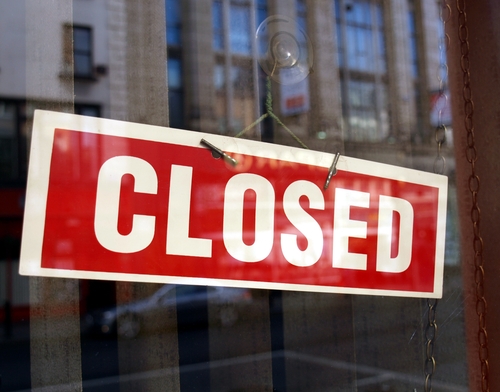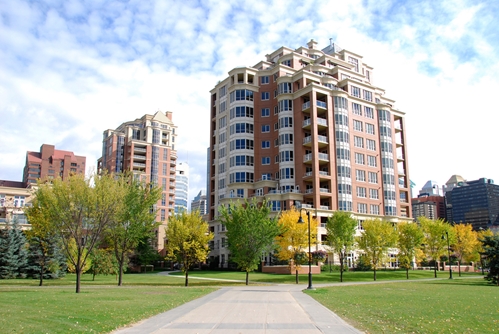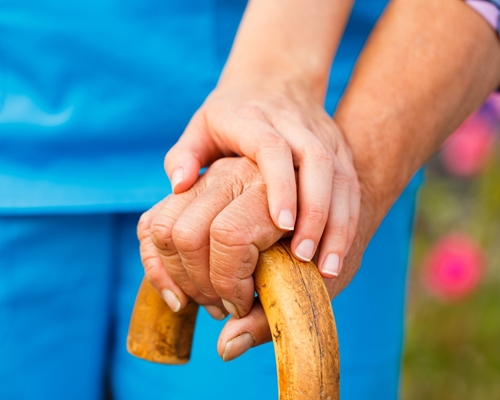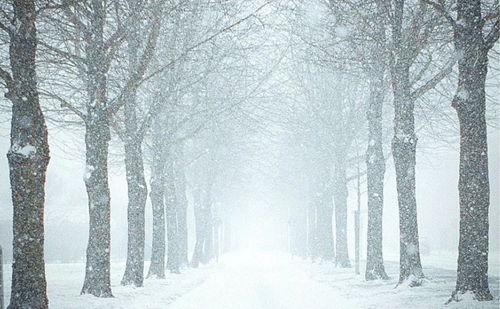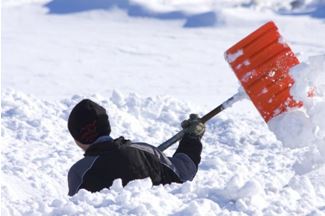Three decades ago, the treatment Michele Zumwalt received for severe headaches involved a shot of the opioid Demerol. Very quickly, Zumwalt says, she would get headaches if she didn’t get her shot. Then she began having seizures, and her doctor considered stopping the medication. Read the full article on NPR’s Website. If you have questions about drug addiction with regard to safety, contact Matt Olphin, CSP, ARM, Vice President, Risk Control Services, Program Solutions.
Walking-Working Surfaces and Fall Protection Standards: Update to the General Industry Standards
Beginning in 1971, the Occupational Safety and Health Administration’s (OSHA) first issued 29 CFR 1910 Subpart D, “Walking-Working Surfaces” to help prevent injuries and fatalities resulting from slip, trip, and fall type exposures. Many efforts have been made to update the standard since 1971, and many believe the standard is outdated and does not reflect current technologies available to prevent these types of injuries and fatalities. Falls from heights and on the same level (a working surface) are among the leading causes of serious work-related injuries and deaths. OSHA estimates that, on average, approximately 202,066 serious (lost-workday) injuries and 345 fatalities occur annually among workers directly affected by the final standard. OSHA has issued a final rule on Walking-Working Surfaces …
What happens when my business is disabled?
What happens to your income when your business is interrupted? That depends on whether you have the right protection plan in place.
How hotels can prevent bed bug infestations
Don’t let the bed bugs bite—it’s a common phrase told endearingly to children, but among hotel managers it’s a stout declaration.
Safer patient handling requires a change in culture
Patient handling is a risky task that often goes overlooked, but it’s time to incorporate a safer approach within your organization.
Keep your restaurant running smoothly after a crime takes place
You can never predict when a criminal will burst through your doors and ask for all of your money instead of a table for one.
How to shop for small medical business property and casualty insurance
With so many medical practitioners focused on picking the right malpractice insurance for their business, property and casualty insurance can sometimes slip out of their view.
4 winter weather hazards small businesses need to watch for
Winter is here and that means the nasty weather is too. The Northeast has seen its fair share of historic storms over the years, and 2017 should be no different.
Snow Removal Injury Prevention
Common snow removal injuries and medical emergencies include overexertion of muscles, falling, lower-back injuries, broken bones, and heart-related problems. The arms and hands are the most common area for bone fractures, while adults over 55 were more than four times likely to have heart-related symptoms while shoveling, compared to younger people. Preventing falls includes those that occur while workers are removing snow from rooftops or other elevated surfaces. To keep workers safe, employers should develop plans for snow removal methods that do not involve workers being on rooftops. Safe working tips include: 1. Dressing appropriately – Wearing layers of clothing allows for both ventilation and insulation. Keep the head warm, as this is where a lot of body heat escapes. …
Protect your business from ransomware in 2017 [Video]
With record-setting numbers of cyberattacks occurring each day, businesses are stumped as to how they can avoid becoming the next target.



